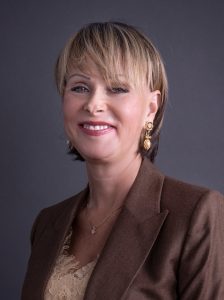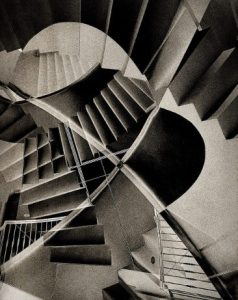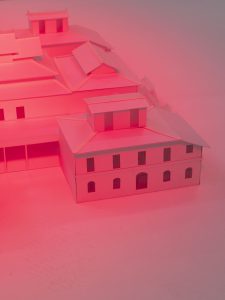Please scroll down for English
תערוכת בוגרי התואר השני בבצלאל משמחת: זו תערוכה מעניינת,טובה שאופפת אותה אווירה של עשייה וסקרנות, מחויבות ולא מעט רעננות. לעומת החשיבות העצמית והספקטקולאריות שאפיינה רבות מתערוכות הבוגרים בשנים האחרונות, תערוכות שניתן היה לחוש בניסיון לכוון במדויק לטעם גלריות וקהל מסוים, הפעם יש איזו נינוחות וחיפוש. אין זה מקרה שלא מוצמד לתערוכה שם פואטי וגם לא טקסט המנסה לעשות מהלך אינטלקטואלי מהסוג שרק לעיתים נדירות ביותר מוצדק לגבי תערוכות בוגרים.
התערוכה מוצגת בבניין בית הספר ברחוב סלמה 60 בתל-אביב ובמרחק קצרצר בקומה השניה של בנין שהיה מפעל קוסמטיקה ברחוב אבולעפיה 16.
ליהי תורגמן, אריאל רייכמן ואייל אסולין הם אחדים מהבוגרים שכבר קיבלו הכרה
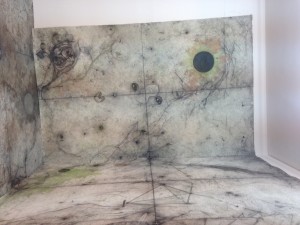
נרחבת בסצנת האמנות. שלושתם מציגים עבודות טובות שממשיכות את הקו המאפיין אותם. “תיקון עולם” של תורגמן היא מיצב ציורי , עבודת רצפה קיר שמבטאת שוב את התעוזה שלה לעסוק בשאלות מהות אוניברסאלית ללא ציניות וגם ללא מתקתקות של ניו אייג.
המוכנות הזו לגרד את קירות הנפש בולטת גם בעבודה המצוינת של ארקדיוש טומלקה Golem’s Butterfly , מיצב של חדר העשוי נייר התלוי בין רצפה לתקרה, חומר פריך ופגיע עם נגיעות של שחור אפל שמדגישות פינות מזגן או דלת מנייר. שם העבודה מתיחס לגולם – שלב התפתחות של פרפר אבל גם לגולם המפורסם מפראג, אותה דמות אגדית מחומר שהגנה על יהודים ונוצרה בידי המהר”ל ששמו המלא רבי יהודה ליווא בן בצלאל יוצר קישור מרתק (דיון נרחב בהזדמנות אחרת) לאמנות.

טומלקה מציג גם שורת רישומים , זרם תודעה חזותי.
רייכמן מציג עבודות שמהלכות בתפר בין חומריות מחוספסת לקונצפטואליים באופן מוצלח מאד. אהבתי את המרצפת עם הגובלן והחלון הישראלי כל כך עם תריס הפלסטיק המכוער שאור מאיר דרכו ויוצר רגע חסד.
אלון אנדורן מפתח את העיסוק שלו how you tried to set them free במיצב ששמו – באופן הצגת העמים ילידים שחיו באמריקה הצפונית לפני הכיבוש הלבן, ושכונו “אינדיאנים”. אנדורן יצר מיצב מורכב בחלל שהיה מעבדה לקוסמטיקה בו משטחים וכיורים. הציורים על אריחי הקרמיקה הלבנים מעל הכיורים ובין הברזים מתכתבים עם האופן בו התרבות האסטטית הזו הפכה לדקורציה ו”סגנון” של אופנה או עיצוב .

detail
לצד הציורים האלו אוביקטים שנראים ספק צבאיים, אלונקה , רצועות שניראות של אוהלים ציוד אחר וגם שיקוף המוקרן על הקיר של גב גבר במכנסים צבאיים מופשלים וציור עץ הנראה כסמל יחידה צבאית על ישבנו יוצרות אסוציאציות לקישורים התרבותיים הישראלים ל”אינדיאנים”- בסדרת העבודות של גרשוני “אריק שרון והאינדיאנים” (1979), “אינדיאני בשמש” סרט של רם לוי מ 1981 .בשניהם אינדיאינם הם מי ששונה ומאיים על ההגמוניה. שם העבודה לקוח משיר של דון מקלין על ואן גוך (1976) , אמן שגם דמותו , כמו דמות “אינדיאני” רודדה לסטריאוטיפ , במקרה זה האמן הסובל .
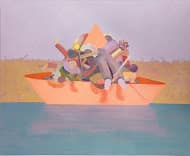
העבודות החלשות יותר בתערוכה היו אלו בתחומי הוידיאו וחלק מהציור והמיצבים.
ציור מצוין הציגו שגיא אזולאי ואלון קדם. אפשר לדבר על מכנים משותפים בציוריות שלהם : הכוונה לתנועה עם ובתוך הצבע, לבהירות של קו וגם למידה של משחקיות. קדם מציג מכלול שאפשר לקשור לו נרטיב על המצב האנושי, צברים של דמויות במאבק קיומי. אזולאי בוחן רגעים מבודדים של התפרקות קונסטרוקציות שנדמות מוכרות ברגע הראשון והופכות

אניגמאטיות ככל שהמבט מתעכב.
עוד בולטות העבודות רובא סלאמה- בהם צילומים והשיר ציור קיר של מחמוד דרוויש הכתוב כספירלת מילים ומתיחס למסורת הארוכה של קליגרפיה .יפות הן העבודות המינימליסטיות שעשתה אתל גוטמן (שמזכירות את מונה חאטום ).היא עשתה שימוש ושינוי בעגלת מיטענים ממתכת שצבעה בירוק מנטה בהיר ובוו תעשיתי ענק היורד מהתקרה אותו צבעה בוורוד חלומי.
בערב הפתיחה ההומה היתה גם ההתרחשות בחלל של כרמל מיכאלי ,בכניסה לחלל באבולעפיה, שילוב של מיצגי ריקוד, וידיאו והפעלה של בר משקאות מרשימה. ב SHAKTI SUGER (כשם אחת מחברות יצור הסוכר הגדולות בהודו) מיכאלי עוסקת ברב תרבותיות בראי האופן בו תפיסת מערבית משטחת ומרודדת של תרבות הודית .
אוצרים:מיכל הלפמן, רפאל זגורי-אורלי, גלעד רטמן
סלמה 60, ת”א, קומה שנייה,אבולעפיה 16, ת”א, קומה שנייה
עד ה-21 ביוני בשעה 22:00
שעות פתיחה:ב’-ה’: 16:00-22:00 שישי: 10:00-14:00 שבת: 10:00-16:00
סיור לביתו של ניסים כחלון בחוף סידני עלי בהרצליה . מדובר בבית שמהווה יצירה ובחוויה מיוחדת מאד. פרטים בעמודת הסיורים .
הרשמה לניוזלטר הפירסומי השבועי של “החלון” בנושאי אמנות, אירועים ותערוכות חדשות – www.smadarsheffi.com/?p=925
(הרישום נפרד מהרישום לבלוג )
Bezalel Academy of Art and Design’s MFA Graduate Exhibition 2014
The Bezalel Academy of Art and Design’s MFA Graduate Exhibition 2014 is a very positive outcome: interesting, good, with an overall atmosphere of lots of activity and inquiry, commitment, and quite a bit of freshness. In contrast to the self-importance and spectacular “show” which characterized many of the graduates’ exhibitions in recent years, which obviously pandered to the tastes of galleries and a specific audience, this time there is a certain sense of ease and exploration. It is no accident that the exhibition has neither a “poetic” title nor an “intellectual” text of the type so seldom justified for degree exhibitions.
The venue is the second floor of the school building at 60 Salameh Street, Tel Aviv, and, just a short distance away, at a former cosmetics plant at 16 Abulafia Street.
Lihi Turjeman, Ariel Reichman and Eyal Assulin are a few of the graduates who have already made a name for themselves on the local art scene. All three are showing good works which continue in the same spirit they have already exhibited. Tikkun Olam [repairing the world] by Turjeman is a painterly installation, a floor-wall piece expressing her boldness in addressing universal questions without cynicism and without any New Age cloying sweetness.
The willingness to bare the soul stands out as well in the excellent work by Arkadiusz Tomolka, Golem’s Butterfly, an installation featuring a room made of paper hanging between the floor and the ceiling, crispy and vulnerable, with touches of dark black emphasizing the corners of the paper air-conditioner or paper door. The title is a pun on a chrysalis as well as the Golem of Prague, the legendary clay man formed by the Maharal, Rabbi Judah Loew ben Bezalel, which came to life to protect the Jews of Prague. The name of the piece forms a fascinating link with art (the subject of a future essay). Alongside of the paper room, Tomolka is exhibiting a series of drawings, a visual stream of consciousness.
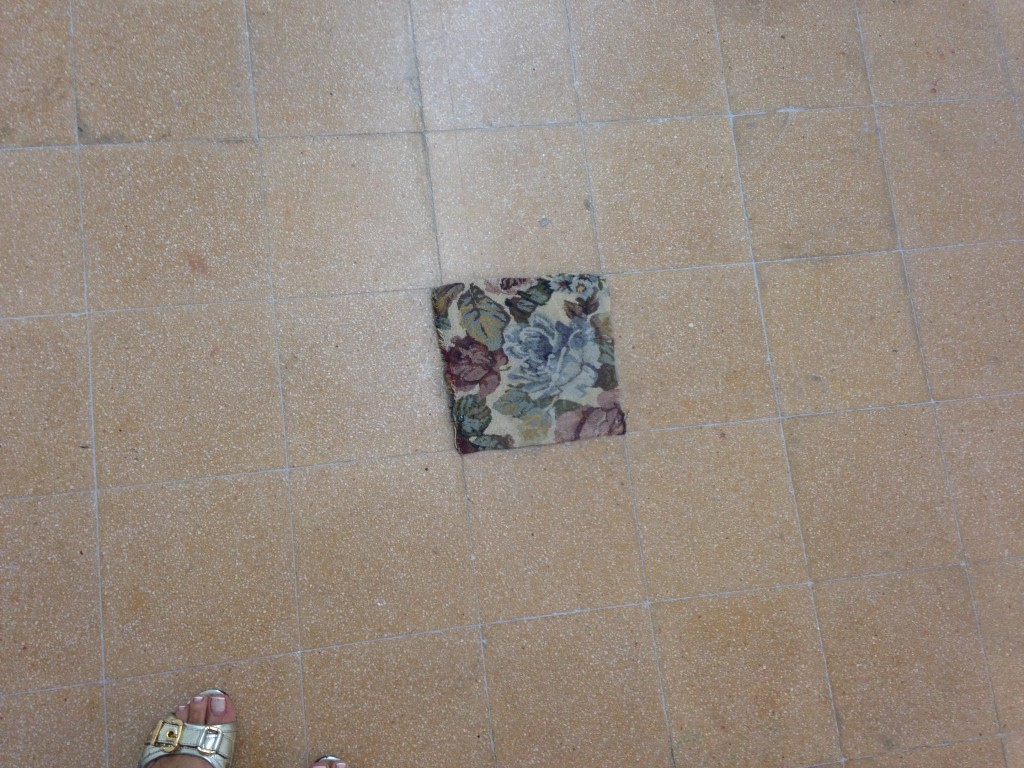 Reichman is exhibiting works standing very successfully on the seamline between rough materiality and conceptualism. I liked the tiled floor with the tapestry and the window, which is so Israeli with its ugly plastic shutters with the light streaming through it to createa moment of grace.
Reichman is exhibiting works standing very successfully on the seamline between rough materiality and conceptualism. I liked the tiled floor with the tapestry and the window, which is so Israeli with its ugly plastic shutters with the light streaming through it to createa moment of grace.
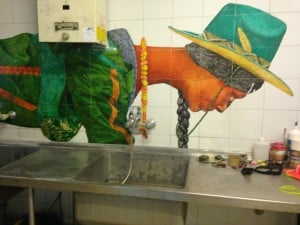
detail
Alon Andorn develops his engagement with language associated with Native Americans, who used to be called “Indians,” in the installation How you tried to set them free.Andorn created a complex installation in a space whichwas the former cosmetics laboratory complete with counters and sinks. The paintings on the white ceramic tiles above the sinks and between faucets correspond with the way in which the Native Americans’ aesthetic culture became decorative style in fashion and design. On display are objects which seem to be of military origin, such as stretchers with straps that look like they are part of tents or similar equipment. A wall projection shows a rear view of a man in a khaki uniform bottom pulled down to bare his buttocks with the picture of a tree centered on this body, similar to the symbol of an army unit. This leads to Israeli cultural associations to “Indians,” such as Moshe Gershuni’s

1979
Arik Sharon and the Indians (1979) or Ram Levy’s film Indian in the Sun(1981). In both works, Indians are the “other” who threaten the hegemony. The name of the installation is from a Don MacLean song about Van Gogh (1976), whose image, like the image of the “Indian,” was made into a shallow stereotype; in Van Gogh’s case, that of the “suffering artist.”
Video art was the weaker link in this exhibition, as were some of the paintings and installations. The exceptions were excellent painting by Sagie Azoulay and Alon Kedem, with the common denominators of movement with and in color, clarity of line, and to some extent, playfulness. Kedem exhibited a cluster of works which may be associated with a narrative of the human condition, figures in an existential struggle. Azoulay examines isolated moments of structures self-destructing which at first seem familiar but which become more enigmatic as the gaze lingers on them. RubaSalameh’s works are also outstanding, comprising photographs and the poem “Mural” by Mahmoud Darwish, written in a spiral, referring to the long calligraphic tradition.

Ethel Gutmann’s beautiful works are minimalistic, reminiscent of Mona Hatoum’s work. She manipulated a metal loading wagon, making it pale mint green, and made the huge hook descending from the ceiling a dreamy light pink.
At the crowded opening event Carmi Michaeli staged an impressive happening, Shakti Sugar, at the entrance to the Abulafia space combining dance, video and an alcohol bar (the name of one of the largest sugar manufacturers in India). Michaeli addresses multiculturalism through the prism of western understanding which is superficial and shallow as to the culture of the subcontinent.
60 Salameh Street, Tel Aviv
Closing 21/6/2014
Open Monday – Thursday 10:00-22:00
Friday 10:00 – 14:00
Satuday 10:00- 16:00
A tour of Nissim Kahalon’s house on the Sidni Ali beach in Herzliya. This is a house which is a work of art in itself, and the visit a unique experience. Please see getails in the Art Tour column.
To sign up (separately) for the Window’s weekly informational advertising newsletter on art, special events, and openings: www.smadarsheffi.com/?p=925
.

